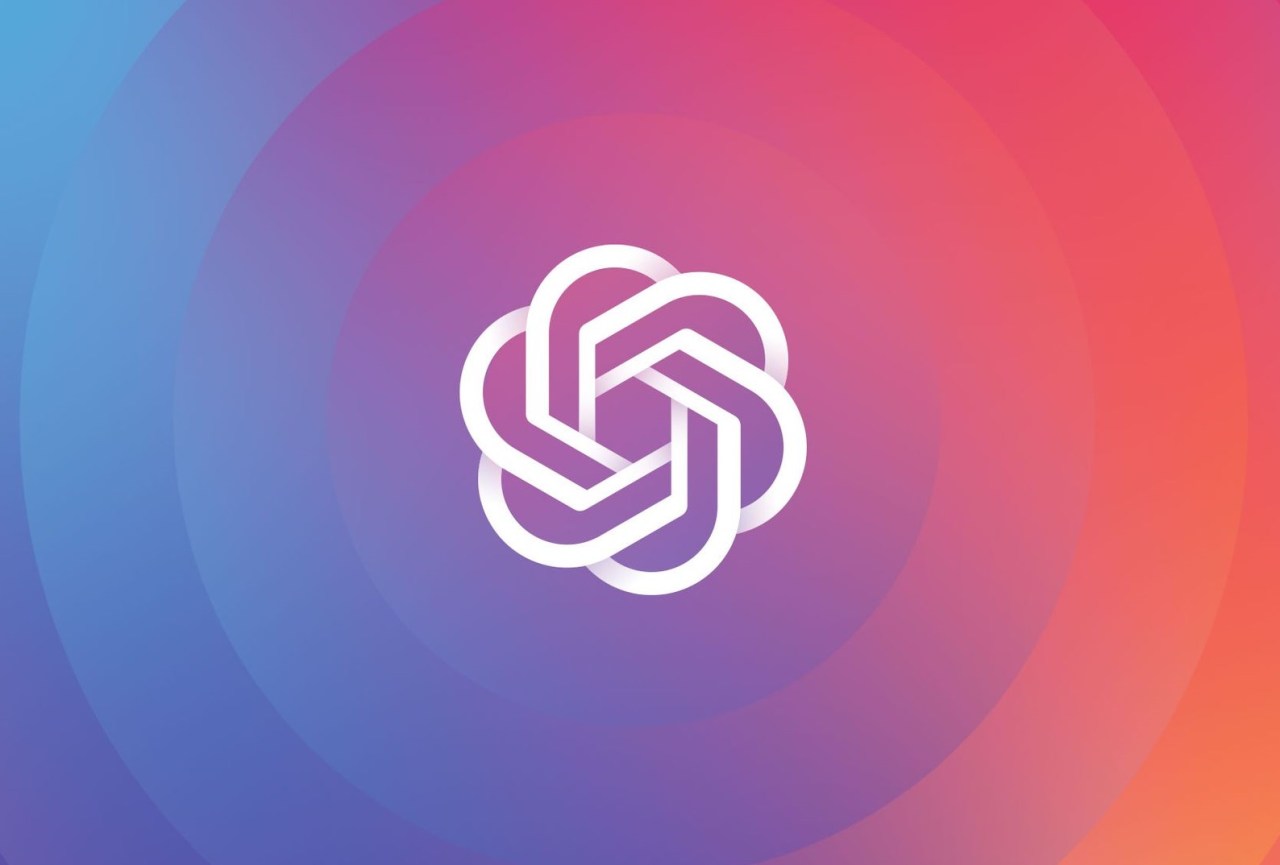The technological landscape of artificial intelligence has evolved remarkably, especially with the introduction of OpenAI’s GPT-4 with Vision. Revealed at the company’s inaugural developer conference, this multimodal API combines image comprehension with the advanced text-generation capabilities of GPT-4. While the potential applications are exciting—ranging from accessibility tools for the visually impaired to enhancing creative industries—it is essential to critically evaluate its limitations and the challenges that lie ahead.
The Power of Multimodal AI
Multimodal models, like GPT-4 with Vision, represent a significant leap forward in how AI systems can understand and interact with the world. By integrating textual and visual inputs, these systems can perform tasks that were previously unimaginable, such as:
- Captioning images accurately
- Interpreting complex scenes
- Assisting in navigation for those with visual impairments
For instance, in practical trials, GPT-4 with Vision has been shown to identify various physical objects and even provide context by describing their functionalities. This capability provides a glimpse into how AI can help bridge the gap in communication for individuals with disabilities, enhancing their daily experiences.
The Research Background: Promises Versus Performance
Despite its groundbreaking abilities, research conducted by experts such as Chris Callison-Burch and Alyssa Hwang reveals that GPT-4 with Vision is not without flaws. Their findings highlight key areas where the model falls short:
- Structural Misinterpretation: Although GPT-4 with Vision often recognizes individual components in an image, it struggles to describe their relative positions accurately. For example, when analyzing graphs, while it may note that two lines ascend, it fails to determine which line is higher.
- Text Parsing Issues: One of the model’s notable shortcomings is its inability to extract text from images reliably. In experiments, it frequently misrepresented recipe titles, showcasing a lack of attention to detail in simple yet critical tasks.
- Factual Inaccuracies: When summarizing documents or interpreting textual information, GPT-4 with Vision sometimes omits vital details or alters quotes misleadingly, which could lead to misunderstandings.
These insights reveal that while the model can perform sophisticated analyses, its tendency to overlook crucial aspects raises concerns about its application in sensitive environments, particularly those requiring high precision such as academic and medical fields.
Balancing Innovation and Responsibility
OpenAI has recognized the importance of responsible AI development. By introducing “mitigations” to curb harmful outputs, the organization aims to ensure ethical usage of their models. However, the question remains: how effectively will these safeguards operate without compromising the model’s accuracy? These considerations are not only relevant for developers but also for users who depend on AI technologies for critical decision-making.
Looking Ahead: The Journey of Multimodal AI
The rollout of GPT-4 with Vision marks a significant step in AI’s evolution, but it also serves as a reminder that progress often comes with challenges. The dialogue initiated by researchers and developers can foster a better understanding of the technical limitations and the ethical considerations surrounding AI deployment.
As we advance in this exciting field, a collaborative approach will be crucial in refining these technologies. Engaging diverse perspectives and experiences will aid in identifying gaps, ensuring that the development of multimodal AI is both innovative and responsible.
Conclusion: Embracing the Future of AI
The launch of GPT-4 with Vision embodies the optimism surrounding multimodal AI technologies. While it offers remarkable capabilities and numerous applications, it also showcases the journey ahead in improving accuracy and minimizing biases in AI systems. Continuous scrutiny and research will be vital in unlocking the full potential of AI, ensuring its benefits are accessible to all.
For more insights, updates, or to collaborate on AI development projects, stay connected with fxis.ai.
At fxis.ai, we believe that such advancements are crucial for the future of AI, as they enable more comprehensive and effective solutions. Our team is continually exploring new methodologies to push the envelope in artificial intelligence, ensuring that our clients benefit from the latest technological innovations.

